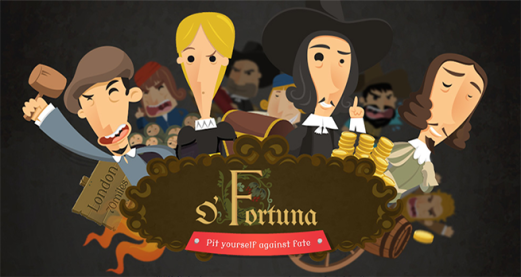Video 1: How do historians know about the past?
How do historians know about the past? For example, who invented the first modern day steam locomotive? Well, we know that was Robert Stephenson and his Stephenson’s Rocket locomotive built in 1829.
How do we know this? We have the letters Robert wrote to his friend Henry Booth where he describes the initial testing of The Rocket locomotive. Then there are written accounts of the Rainhill Trials, the grand competition that The Rocket was designed and built for. We have printed handbills of the contest which show images of the locomotives involved including The Rocket. And newspapers with first-hand reports on the day’s events.
Historians can then take all these and consider them alongside other relevant information they have, such as books by other authors, specialist articles and even looking at the artefacts themselves. In this case, the original Stephenson’s Rocket has been preserved and is on display at the London Science museum.
Historians can also share and discuss information they found with other historians, who in turn can go on and share what they’ve learned with others.
Video 2: What is a primary source?
How do historians know about the past? What is a primary source?
Well, primary sources arise from the period being studied, such as government documents, private letters, newspaper reports, diaries, eye-witness accounts and so on.
As an example, let’s look at some primary source material from the Peterloo Massacre of 1819.
In Manchester on the morning of August 16th, 1819, a peaceful mass meeting was called by pro-democracy and anti-poverty protesters to demand the vote. The speaker was famed orator Henry Hunt who addressed the 60,000 strong crowd about reforms.
The authorities thought the meeting was treasonous and an arrest warrant was issued for Henry Hunt in a bid to halt the protesting. When the protestors refused to stop the authorities ordered the yeomanry to disperse the crowd.
Several people in the crowd were killed and hundreds more wounded by the charging Hussars and infantry men. The historical event produced a wide range of primary source material and it’s the historian’s job to study all these to find out what happened.
Video 3: What is a secondary source?
How do historians know about the past? What is a secondary source?
Well, secondary sources arise after the period being studied. There are lots of different kinds of secondary sources, partly because historians don’t always approach their topics in the same way every time, and partly because 'secondary source' is a very broad category.
As an example, let’s look at the arrival of the Metropolitan Police in 1829 and the sorts of secondary source material that has been produced about them. There are many specialist books about the history of the Met and how they were formed by the then Home Secretary Sir Robert Peel.
Books about criminal justice, in general, can also offer insights into why the Met was formed. Historians have also written about detailed aspects of the Met’s development, such as the history of their uniform and how it’s changed over the years.
We can also find entries in reference dictionaries and encyclopaedias describing amongst other things famous Met cases involving criminals like Dr Crippen and the Kray twins.
The Metropolitan Police have even written up their history from their point of view on their own website. All these along with hundreds of other books and articles written by journalists, biographers and amateur authors are classed as secondary sources too.
Historians can use the wide range of secondary source material to answer lots of questions. But writing history is a complicated process. Different authors will have differing views and opinions on the same subject.
Thinking of taking it further?
If you want to study history at university level, the free course 'Taking your first steps in Higher Education' or the introductory module 'Arts and languages access module' can help you to decide which path to take and prepare you for study.
You can study history at The Open University through BAs in History, Humanities, or the Open BA, all of which are best begun via the module ‘The Arts Past and Present.





Rate and Review
Rate this video
Review this video
Log into OpenLearn to leave reviews and join in the conversation.
Video reviews